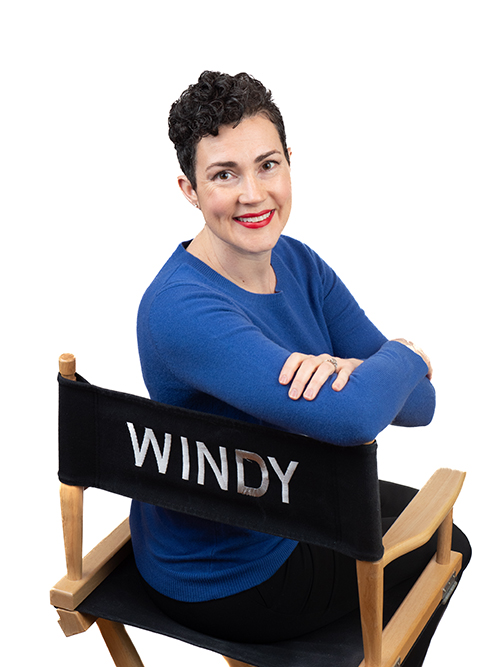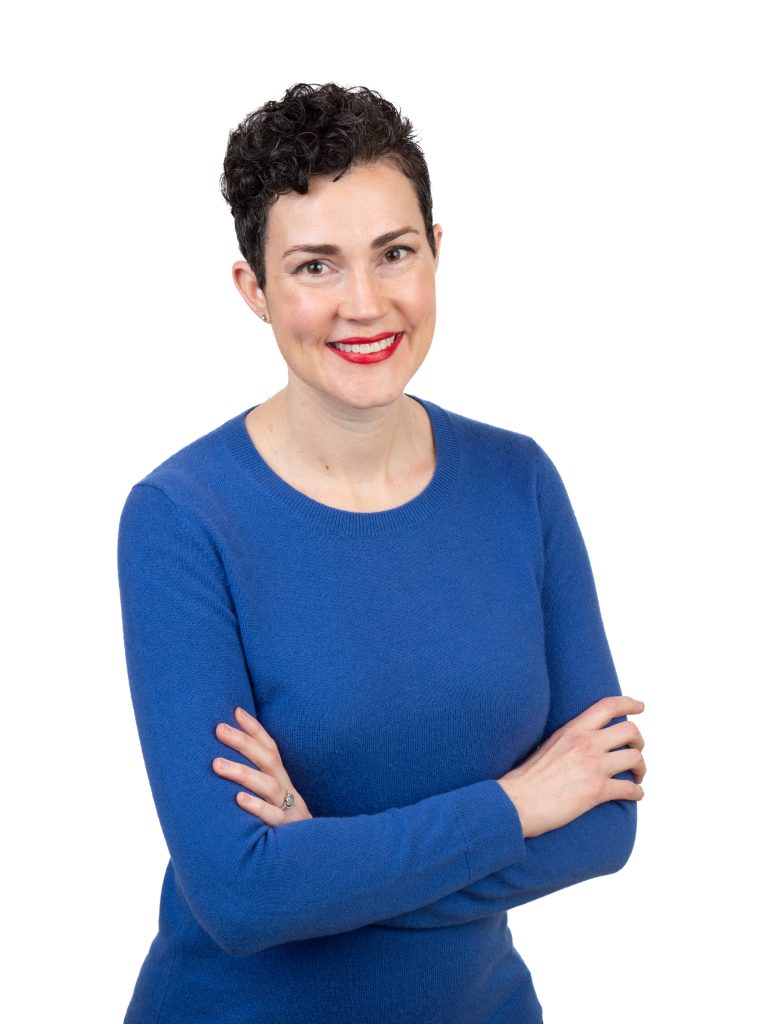Who we see on camera and what they do informs our cultural narratives about power, privilege, rights, and worthiness.
Consider the top 100 films each year in the past 13 years. How many had a Black, Latinx, Asian, or Indigenous leading character? How many had a female lead? Were any of the characters LGBTQ+ people? When there was violence, who was the criminal, the law enforcement, the victim?
If you have ever consumed media in the Western hemisphere, you know these answers intuitively, and the data from the Annenberg Inclusion Initiative between 2007-2019 support your assumptions.
Once you begin looking for diversity and inclusion in Hollywood, you’ll start to see the prevalence of the Male Gaze and the White Gaze in all media we consume.
Case Study: “Mary Janes: The Women of Weed”
I began producing and directing MARY JANES: THE WOMEN OF WEED in early 2016. This was before a wave of states legalized adult-use of cannabis in Fall 2016. We wrapped production before the 2017 New York Times Harvey Weinstein story broke, and I was not aware of contracts having Inclusion Riders.
I was aware that: women account for only 34% of all speaking roles in film; 36% of senior leadership in the cannabis industry was women in 2015; and, we had not seen female cannabis leaders in “Hollywood” productions outside of the TV show “Weeds” (which ran from 2005-2012).
It was time to break the “grass ceiling”.
What we got right
As a female film director, I understood my social and cultural responsibility to break the Male Gaze and show a broad range of the women leading the cannabis industry. I pre-interviewed over 100 people over the phone before selecting the 40 womxn who appear in the documentary. While they represent a broad cross-section in terms of race, ethnicity, gender expression, sexual orientation, age, and body type, I knew we could never represent every womxn in cannabis because there were too many to fit into a 90-minute movie. The rapid growth of the cannabis industry was both a wonderful gift and a huge challenge to document on film.
To positively impact female representation in front of the camera, we also need to address who makes creative decisions behind the camera. When we look at the statistics for women in film, women account for 13% of directors, 27% of producers, 19% of screenwriters, and 5% of cinematographers in the top 250 grossing films. So while we were breaking the “grass ceiling”, we could also break the “celluloid ceiling”.
Gender parity is a core value for the film MARY JANES: THE WOMEN OF WEED, and I aimed for gender balance in the film crew and equity investors. Three of the six cinematographers I hired were women. Four out of seven members of the producing team are women. In addition to producing and directing the film, I wrote the screenplay. Our animation and motion graphics were done by a woman and we licensed music from female musicians–both areas that see an underrepresentation of women. And our equity investors are gender balanced: male to female.
Within MARY JANES, womxn account for:
- 97.5% of speaking roles (we had one male speaking role)
- 100% of directors
- 57% of producers
- 100% of screenwriters
- 50% of cinematographers
By this measure, we did great on gender metrics compared to the top grossing “Hollywood” films.
What we missed
The cannabis industry has a well documented diversity problem. In 2018 Fortune reported that women receive only 2% of traditional VC funding. RateMyInvestor reports that Latinx founders receive 1.8% and Black founders receive 1% of funding. Unfortunately, this bias also affects cannabis entrepreneurs.
We hear calls for racial justice as a cornerstone for cannabis legalization. However, cannabis licenses and taxes are not dispersed evenly to communities that have been most affected by the War on Drugs, which was recently highlighted by Hasan Minaj in a May 2020 episode of Patriot Act.
I’ll be the first to admit there are representation gaps in the womxn featured in MARY JANES: THE WOMEN OF WEED. As the Director, I would have loved to include more diversity in front of the camera, especially if that would have accurately documented the diversity of the industry. It was delicate to balance the diversity realities within the cannabis industry with the production realities of who was available on our filming dates and who said the best quote.
In hindsight, as the Producer I also should have instilled more inclusive hiring and recruitment practices for equal representation behind the scenes. While I aimed for gender parity, in 2016 I had not yet heard of an Inclusion Rider, and therefore I did not ask any crew members to self-identify their race and sexual orientation before hiring them. Three members of our film crew came out as LGBTQ+ after I hired them, and others identified themselves as Black or Latinx, but the team members on our IMDb page and website appear overwhelmingly white.
Not only did we miss opportunities to break the White Gaze and work with amazing BIPOC and LGBTQ+ talent, but research also proves that diverse teams are more successful. I know the lack of diversity behind the camera affected our storytelling in incalculable ways. Consequently, our film does not get straight-As for representation across all diversity markers.
Where do we go from here?
Film and media makers have the power–and I believe we have a responsibility–to dismantle racism, sexism, homophobia, transphobia, ableism, and privilege in the stories we tell. We are still developing the tools to do that effectively.
The Bechdel-Wallace Test was developed in 1985 to measure the presence of women in film and television. The Vitto Russo Test tracks the presence and representation for LGBTQ+ characters. Neither of these track race and ethnicity, nor do they fix underrepresentation in media; but they invite a larger conversation about who is represented and who is missing on screen.
Having these conversations helps move the needle. In 2019, the Celluloid Ceiling reported that female protagonists rose nine percentage points, from 31% in 2018 to 40% in 2019. When they factored in race and ethnicity, Black female speaking roles were 20%, Latinas were 5%, and Asian female characters were 7%.
Today we know that positive images of traditionally under-represented groups positively impact viewers. In 2020, GLAAD and Procter & Gamble (P&G), the world’s largest advertiser, released the first-ever “LGBTQ Inclusion in Advertising and Media” study, which measures how non-LGBTQ Americans respond to LGBTQ representation in television, films, and ads. The findings reveal that non-LGBTQ Americans who had been exposed to LGBTQ people in media were more likely to accept LGBTQ people and be supportive of LGBTQ issues in comparison to respondents who had not been exposed to LGBTQ people in the media.
I cannot go backwards to address diversity and inclusion within MARY JANES: THE WOMEN OF WEED. Knowing what I know now, I will do more outreach and engage diverse talent to appear in front of the camera and behind it.
Looking ahead, we all need to demand more stories about traditionally under-represented communities, created by people within those communities. I hope you will join me in this work.
– – – – – – – – – – – – – – – – – – – – – – – – – –
This post originally appeared on <https://maryjanesfilm.com>. It has been edited for length and context.

